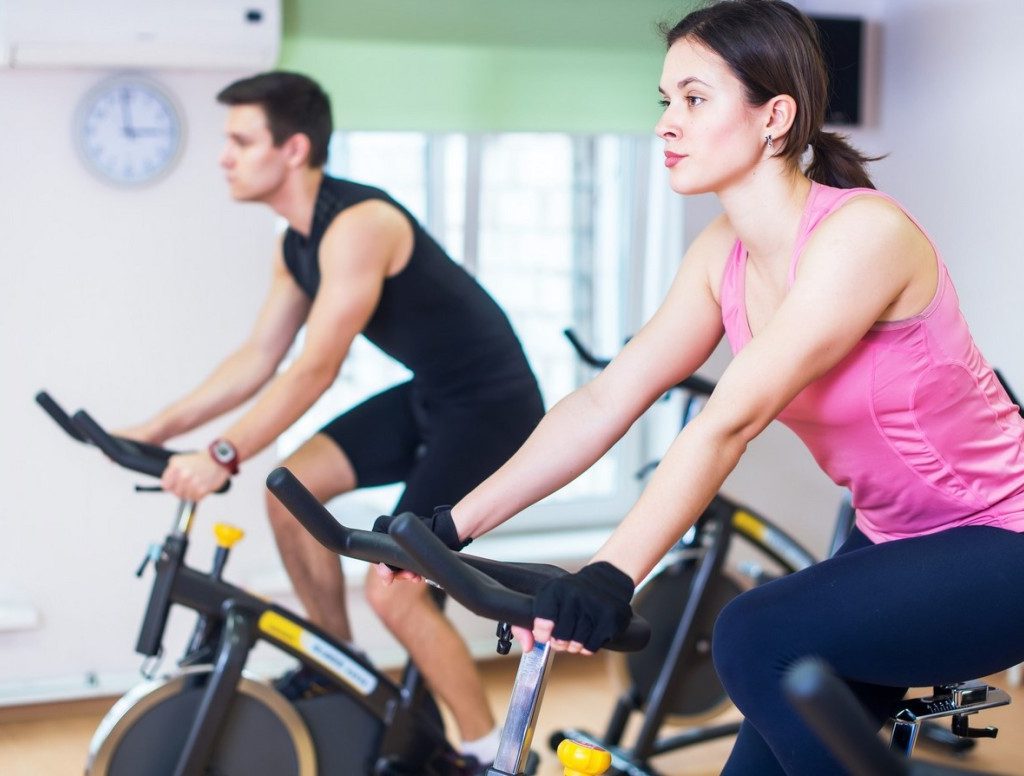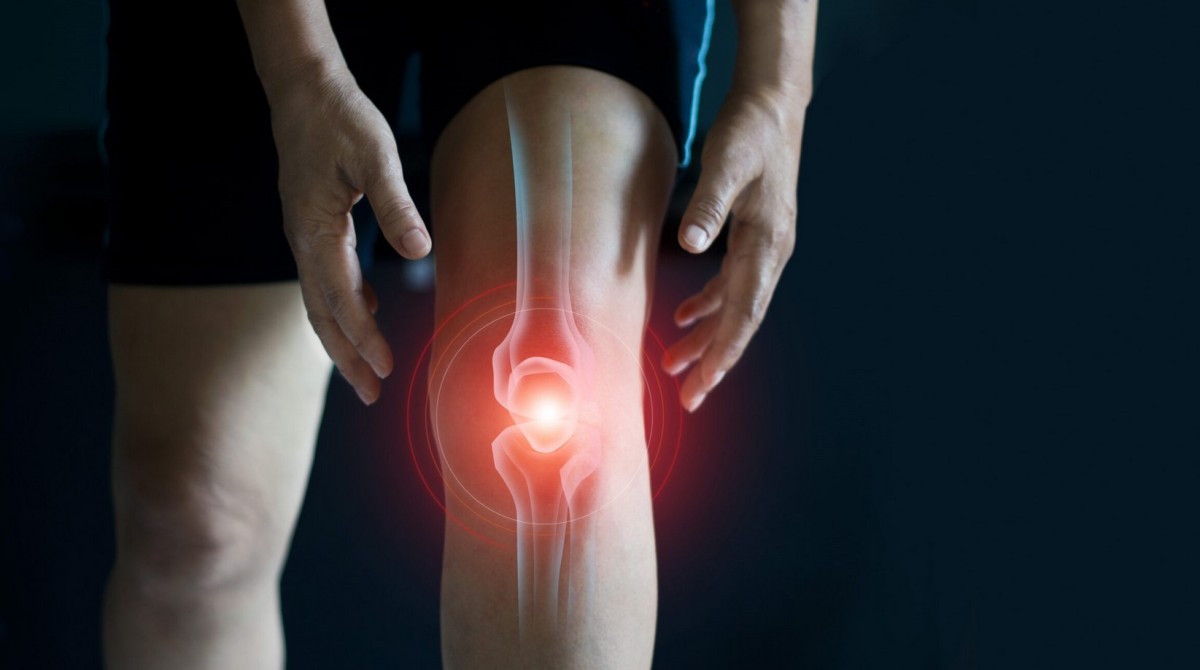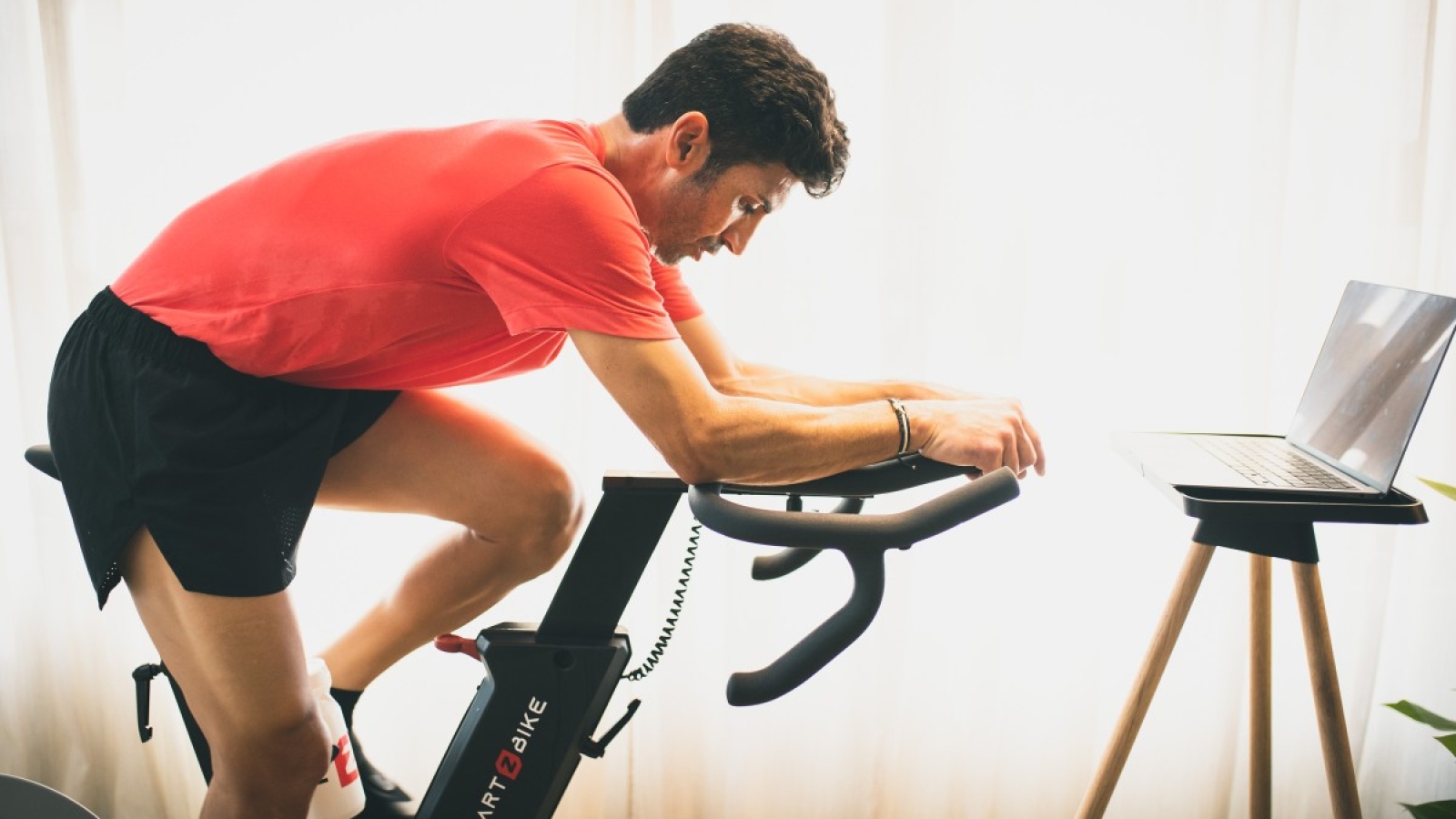The exercise bike, as its name suggests, is a type of stationary bike that is used to simulate the exercise that we can perform on a traditional bike. As you can imagine, there are many different models and not all bikes are the same as they vary depending on the range and the features they offer. Using a suitable exercise bike can be highly recommended for knee rehabilitation, including neurorehabilitation -when treating recovery from neurological disorders and injuries to the nervous system-. The exercise bike for knee rehabilitation offers us a lot of benefits, as we see below. Read on to find out what they are and to learn several tips on the use of the bicycle in these cases.
Is it good to do exercise cycling for knees?
The answer is yes, in fact, it is safer to practice it indoors because the risks of falling are reduced and the pedaling is always stable since the bike is kept in suspension and not on uneven terrain, which can generate vibrations on the knees. However, you should always know that, regardless of whether you use an exercise bike or a traditional bike, it is advisable to warm up to avoid injuries and possible subsequent discomfort. In addition, in the case of suffering from a knee problem, it is advisable that the specialist is the one who tells you if it is convenient to make use of the exercise bike or not, since everything depends on the disorder or injury. Generally, exercise bikes are the most effective alternative to recover the functionality of the knees, also do not cause damage by impact on the joints.
Benefits of exercise bikes for knees

To talk about exercise bikes, benefits, knees and advantages is to refer to the importance of these machines to improve the health of this joint and to treat the different conditions and injuries it may have.
Exercise bike for knee rehabilitation
Using the exercise bike for knee rehabilitation allows you to regain mobility and gain strength and flexibility. This is possible because the exercise bike is a low-impact exercise that hardly causes pressure on the joints that must support the body weight. In fact, not only the knee area will benefit, but also the hips and feet by promoting a very complete movement with the pedaling. This improves the ability of the knees to move as it loosens stiff or stiff muscles. In addition, it can help eliminate knee pain.
Knee osteoarthritis and exercise cycling
Studies have shown on several occasions that exercise is very beneficial for people suffering from osteoarthritis in the knees as it helps relieve pain, boost strength and, of course, minimize muscle loss; and one of the most recommended ways to do this is by using an exercise bike. The exercise bike for knee osteoarthritis can improve the quality of life in these cases and delay possible medical interventions.
Rehabilitation of knee prosthesis and exercise bicycle
The rehabilitation of a knee prosthesis usually lasts between 3 and 4 months from the moment of the operation. However, from the first day the physiotherapist is in charge of moving the knee in a passive-assisted way to avoid the loss of mobility -and its intensity increases as time goes by-. A knee arthroplasty surgery requires a long recovery process, since the damaged cartilage is replaced together with the degenerated bone of the joint by a prosthesis, so that the patient has to relearn how to walk and the specialist must correct the different phases of the gait. The use of the exercise bike in cases of rehabilitation with knee prosthesis is one of the most effective and useful exercises available. Pedaling, both forward and backward, helps to gain strength and regain the ability to move. The time to start cycling should be indicated by the physiotherapist.
Exercise bike for knee neurorehabilitation
Of course, it all depends on the patient’s condition. Some bicycles may include large LCD screens and in some cases the patient may need the help of another person -especially in the case of more dependent patients-. The bicycle helps to improve muscle strength (which is often lost in these cases), but also (and most importantly) to work on the coordination of movement. The latter can be between segments of the same limb or coordination of the lower limbs with each other, among others.
Knee rehabilitation with exercise bike: tips to keep in mind

There are several things to keep in mind when talking about knee rehabilitation, exercise bike and recovery. To make the process a success – and, of course, to prevent the problem from getting worse – you need to keep the following tips in mind:
- Follow the guidelines indicated by the physiotherapist and respect the times before you start using the exercise bike for knee rehabilitation.
- Regardless of whether you use the exercise bike for knee osteoarthritis, as well as for knee prosthesis rehabilitation and exercise bike, it is essential that you do the exercises progressively. Start with a 5 to 10 minute workout and increase the duration as the days go by (do the same with pedaling resistance and speed).
- Avoid overdoing it with the times. In these cases more is not always better.
- Pedal backwards and forwards, this way you will work the knee muscles in a more complete and functional way.
- Always try to adopt a good posture on the bike to avoid later discomfort, for example avoiding equinovarus (very common in neurological patients). Ask for help if you need it.
- Lower the saddle to prevent the leg from tensing too much when pedaling. It is advisable to always adjust the bicycle to you.

 El carrito está vacío
El carrito está vacío 



